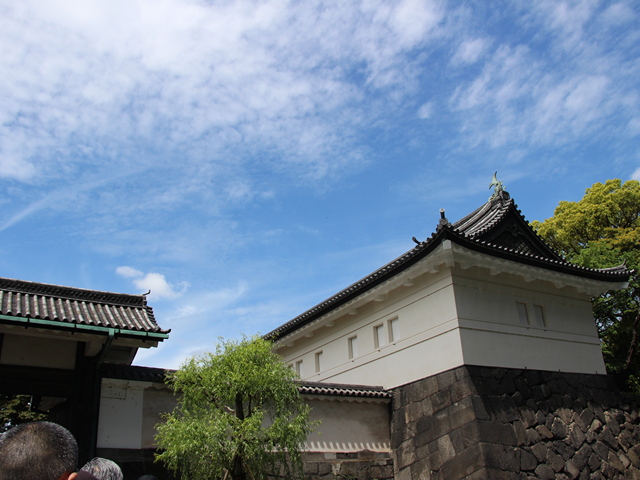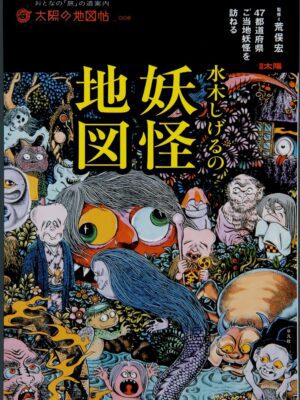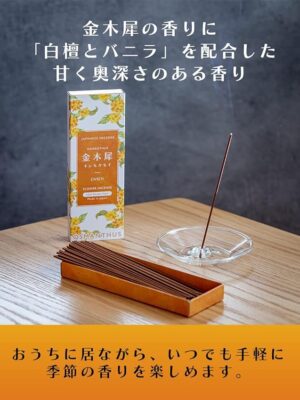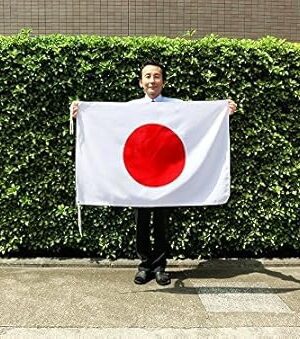The East Gardens of the Imperial Palace are a favorite of just about everyone in downtown Tokyo. Nestle d in the ruins of Edo castle across from the home of the Imperial family, this garden is perfectly located and free for all.
Share this Post
Information about the East Gardens of the Imperial Palace
-
Address:
1 Chiyoda, Chiyoda-ku
-
Contact:
03-3213-1111
-
Open hours:
9am – 5pm (varies according to season)
-
Closed:
Mondays and Fridays, Dec. 28 – Jan. 3
-
Entrance fee:
Free of charge
Flower Calendar
- Jan. – Mar. : Japanese apricot, Camellia, Winter sweet, Ryukyu Kanhi-zakura cherry, Kan-zakura cherry, Witch hazel, Lonicera gracilipes, Flowering quince, Amur Adonis
- Mar. – Apr. : Japanese cornel, Kobushi magnolia, Someiyoshino cherry, Sato-zakura cherry, Oriental paperbrush, Fritillary, Calanthe, Cephalanthera falcata, Cephalanthera erecta, Disporum smilacinum, Iris japonica
- May – Jun. : Kousa dogwood, Wisteria, Torch azalea, Rugosa rose, Lady Bank’s rose, Satsuki azalea, Hydrangea, Iris setosa, Japanese iris, Campanula bellflower
- Jul. – Aug. : Crape myrtle, Rose of Sharon, Goldbranded lily, Japanese stewartia, Sunlower (Haruka’a sunlower), Hosta sieboldii, Daylily, Floating heart
- Sep. – Oct. : Orange osmanthus, Autumn cherry, Lespedeza, Red spider lily, Toad lily, Aster ovatus var. microcephalus, Chrysanthemum seticuspe, Japanese anemone
- Nov. – Dec. : Sasnqua, Camellia hiemalis, Sanbokan (fruit), Kabosu (fruit), Cherry orange (fruit), Viburnum (berries), Japanese beautyberry (berries), Heavenly bamboo (berries), Ardisia crenata (berries), Sarcandra glabra (berries), Leopard plant
Table of Contents
Background and History of the East Gardens of the Imperial Palace Gardens
The East Gardens of the Imperial Palace are the gardens for the Imperial Family located in the Imperial Palace and are open to the public.Their Majesties, the Emperor and Empress, who live inside the Imperial Palace, frequently visit the gardens.
The gardens contain, amongst others, orchards, where old varieties of fruit trees were cultivated for food in premodern Japan, and a grove of deciduous broadleaf trees with a stream running through it attracts insects and wild birds. The Garden’s were designed according to the Majesties wishes that visitors can enjoy and appreciate the beauty of each season throughout the year. Easily recognizable plant labels are attached to the trees and plants for the visitors.



















